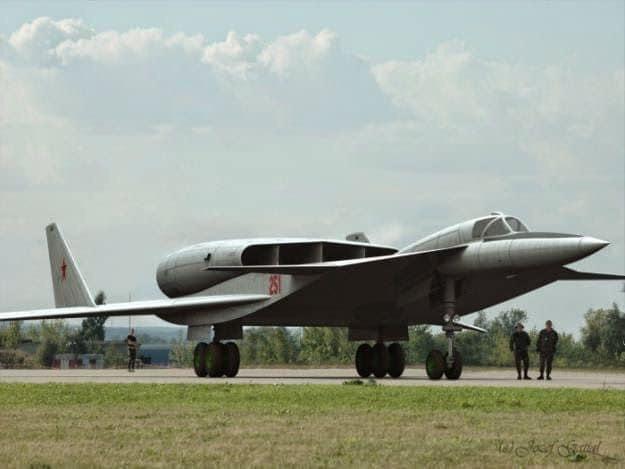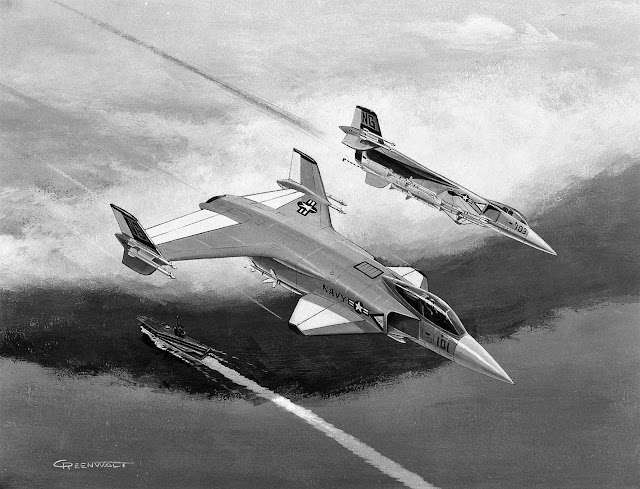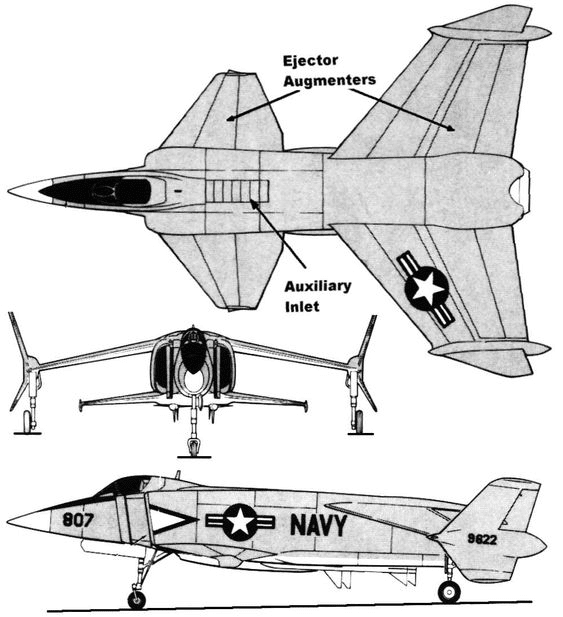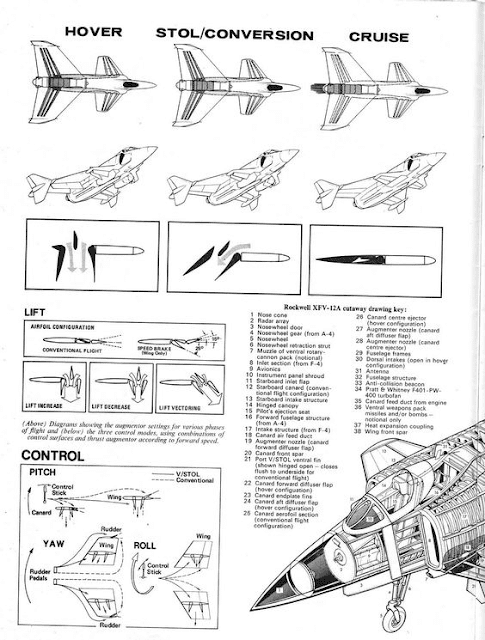In the late 1970s, DARPA had proposed a new warship concept to the US Navy - the Strike Cruiser (CSGN). Its design was an evolution of the California and Virginia class nuclear-powered cruisers (originally classified as frigates), and was created as a response to the Soviet Kirov class cruisers.
The 17,000t ship would've been equipped with Aegis combat system, a pair of twin-arm Mk26 missile launchers (for Standard and ASROC missiles), four quad launchers for the Harpoon anti-ship missiles, eight Tomahawk land attack and anti-ship cruise missiles, and would mount the
Mark 71 8-inch gun. For ASW, planned were both the hull-mounted and towed sonar systems, torpedo tubes, and a pair of LAMPS helicopters.
In 1976, the cost of a single ship was estimated at $1.37 billion and the ship was to be completed in December 1983. At that time the cost of a nuclear carrier was approximately $3 billion. A prototype was also proposed in the form of an extensively rebuilt USS Long Beach, with the same weapons and systems, at a cost of $800 million. US Congress didn't have much interest in these proposals, and instead opted out for a proposal to put Aegis on the hull of a Spruance class destroyer, which was then reclassified as a cruiser - the Ticonderoga class.
Two more proposals for a Strike Cruiser had emerged afterwards. One was to build Harrier-capable "aviation cruiser" similar to the Kirov class, and another was
CGN-42, a derivative of the Virginia class CGN equipped with Aegis, but neither proposal was accepted.




















